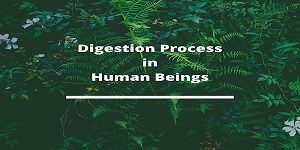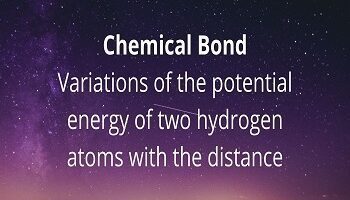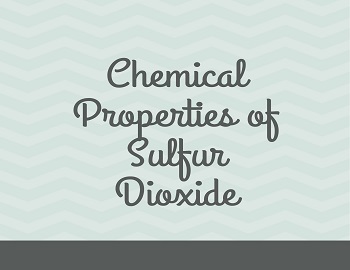Table of Contents
Digestion Process:
The process of digestion involves intake of the food (Ingestion), breakdown of the food into micromolecules (Digestion), absorption of these molecules into the blood stream (Absorption), the absorbed substances becoming components of cells (Assimilation) and elimination of the undigested substances (Egestion).
Digestive system includes the alimentary canal and associated digestive glands.
Alimentary Canal or Digestive Tract:
It includes-
- Oral Cavity (Mouth, lips, tongue, teeth, etc.).
- Pharynx.
- Oesophagus.
- Stomach.
- Small Intenstine – Duodenum, Jejunum, ileum.
- Large Intenstine – Caecum (with vermiform appendix, the inflammation of which causes appendicitis), Colon, Rectum.
Digestive Glands:
It includes-
- Salivary glands – Parotid, Submaxillary, Sublingual.
- Liver (largest organ of the body).
- Pancreas.
Process of digestion in Human Beings-
Digestion in Mouth:
- Food is taken through the mouth. Mouth prepares the food for digestion.
- In the mouth, teeth chew and masticate the food. Teeth break the food into the smaller particles of food.
- Salivary glands in mouth produce a juice called saliva, saliva lubricates the food and help in swallowing the food.
- Saliva also secretes an enzyme called salivary amylase, which converts starch into sugar.
- From the mouth the food is passed into the stomach through a duct known as Oesophagus (by peristalsis).
Digestion in Stomach:
Gastric glands are present in stomach. These glands produce gastric juice, which contains following three enzymes-
- Pepsin- It converts proteins of food into peptones.
- Rennin- It converts milk into curd in young ones.
- Gastric Lipase- It converts fats into fatty acids and glycerol.
Stomach also contains small amount of HCl acid. This acid kills the harmful germs present in the food, it stops the action of salivary amylase.
In the stomach, the partially digested food is called chime, which is passed into the duodenum of the small intestine.
Digestion in Small Intestine-
Digestion in Duodenum:
Bile juice produced by the liver and pancreatic juice produced by the pancreas act on the food in the duodenum.
Bile Juice-
- It is an alkaline (basic) juice produced by the liver.
- It kills germs present in the food.
- It stops the action of Gastric glands.
- It emulsifies fats i.e. it converts large pieces of fats into small pieces.
- It makes the medium of food basic, which is important for the functioning of pancreatic juice.
Pancreatic Juice-
It is produced by the pancreas and it contains following three enzymes in it-
- Trypsin- It converts peptones into peptides.
- Amylase- It converts starch into Sucrose, Maltose and Lactose.
- Lipase- It converts fats into fatty acids and glycerol.
Digestion in ileum:
It is also a part of the small intestine. It produces intestinal juice, which contains following enzymes-
- Peptidase- It converts peptides into amino acids.
- Sucrase- It converts
sucrose into glucose. - Maltase- It converts maltose into glucose.
- Lactase- It converts lactose into glucose.
- Lipase- It converts fats into fatty acids and glycerol.
Now the food is fully digested and is called as chyle.
Absorption of Food:
- Ileum (small intestine) is the site for the absorption of the food.
- It is a process in which the digested (soluble) food material is absorbed by the cells of villi by simple diffusion or by active transportation.
- Villi are the small folds present in the ileum. Villi increase the surface area for absorption.
- These are richly supplied with blood vessels and lymph vessels known as lacteals.
- They absorbed glucose and adds into the blood through the blood vessels whereas fatty acids enter into the blood through the lacteals.
Assimilation:
- It is the process in which digested food performs different functions in the body and becomes part of the protoplasm.
- The food absorbed in the blood is carried to the heart by the blood.
- The heart pumps this food absorbed blood to various parts of the body to perform different functions and becomes the parts of the protoplasm.
Egestion-
- During the process of digestion, some of the food materials remain undigested in the ileum.
- The undigested food material passes into the large intestine.
- This undigested food is removed from the body through the muscular action of the rectum through the Anus as faecal material.
- This process of removing the undigested food material in the form of faecal material is called egestion.









Comments (No)